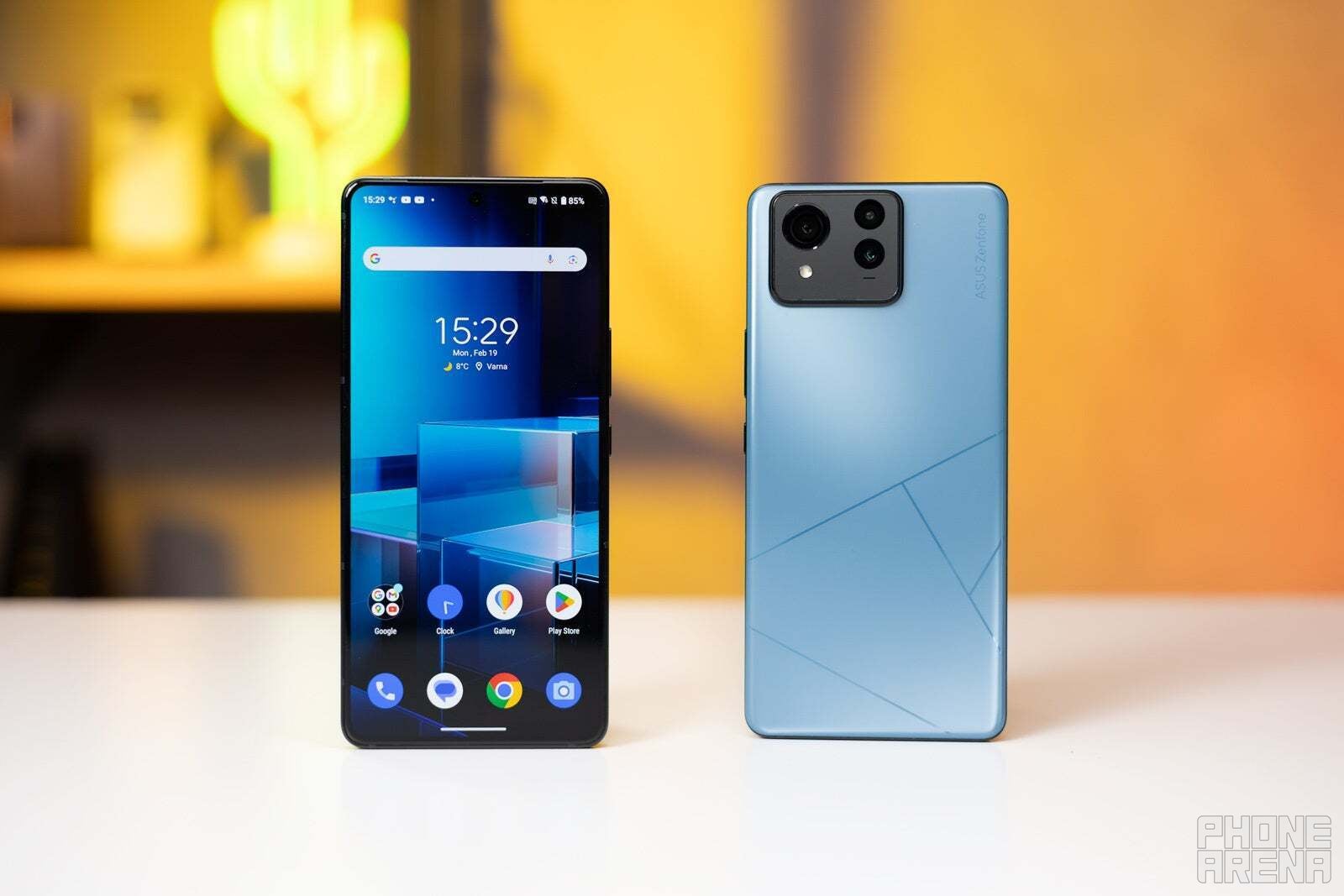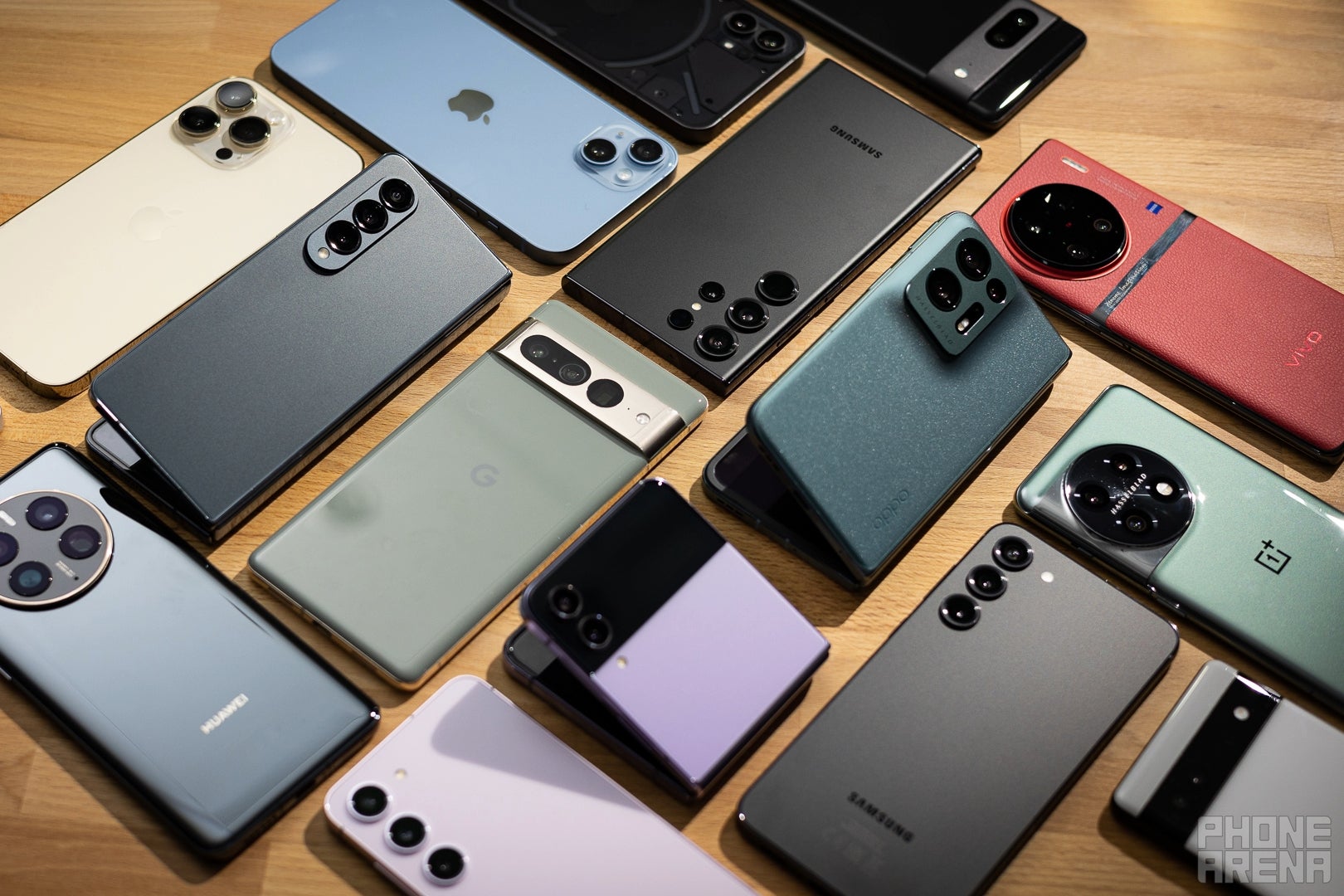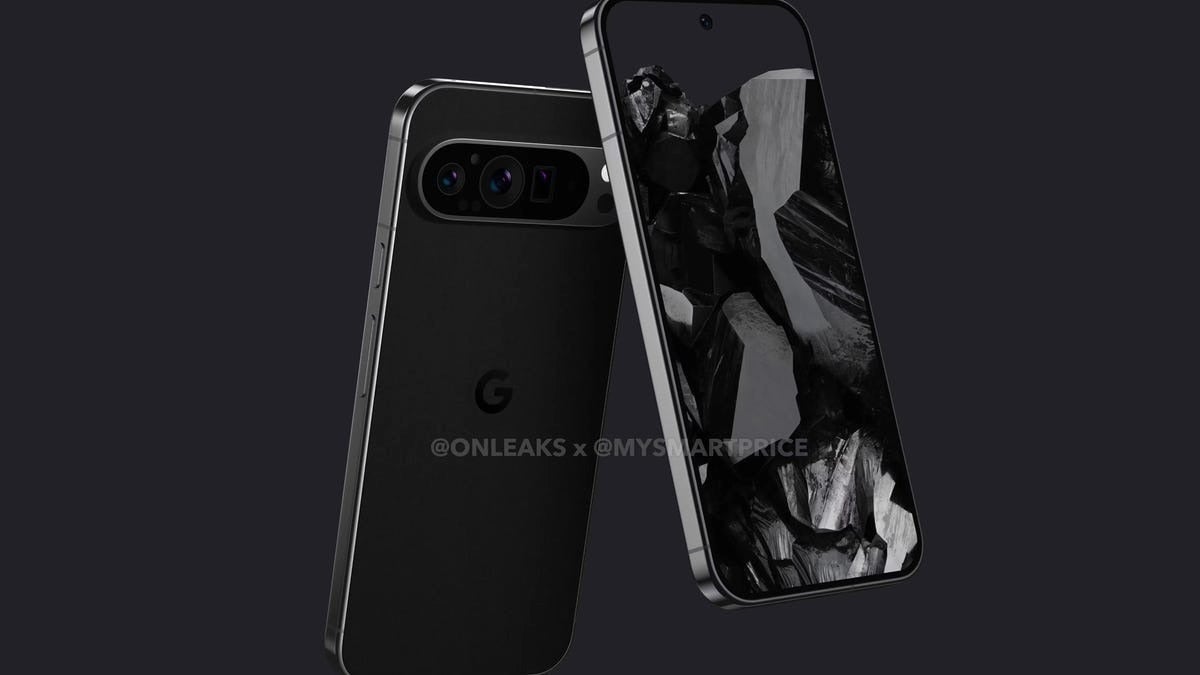Remember when our phones barely had any RAM? Take Samsung’s pioneering S III Android smartphone back in 2012 – it rocked the scene with just 1GB of RAM.
Fast forward to 2016, Google’s first Pixel phone stepped up with 4GB of RAM. Now, buzz says the upcoming
, paving the way for handling more advanced AI tasks right on your phone. And it is not just the Pixel Pro models.
Yeah, technology has come a long way, and now 16GB of RAM is starting to feel like a must-have, especially for flagship phones. You can find 16GB of RAM in many top-tier models from manufacturers like OnePlus, Asus, Xiaomi, and more. So, is 16GB going to become the new standard for smartphones?
Random Access Memory (RAM) is a crucial component of any computing device – not just desktops and laptops. Nowadays, RAM is in almost everything, from smartphones and tablets to gaming consoles.
Think of RAM like your desk at work. You keep frequently used documents and tools on your desk for easy access, helping you work efficiently. If your desk space is limited, you would have to constantly shuffle things around, slowing you down. Similarly, having enough RAM on your phone ensures smooth operation and efficient multitasking.
Will 16GB become the norm for smartphones?

OnePlus 12 from the inside | Image credit – OnePlus
I would say, yes. When? That is still up in the air, but it is likely to be sooner rather than later. With AI becoming a big part of our smartphone experience, companies will need to bump up the RAM in their devices.For example, take Apple Intelligence, which will only run on the latest iPhone 15 Pro and iPhone 15 Pro Max. Why? Well, probably because these models have more RAM. The iPhone 15 has 6GB of RAM, while the Pro models have 8GB, and for on-device AI features, 8GB might be the minimum. What are on-device AI features you may wonder?
These are AI-powered functionalities that run directly on your smartphone or device without needing a constant internet connection or relying on remote servers. They offer several perks:
- Privacy: Data processing happens on your device, so sensitive information doesn’t leave it.
- Speed: On-device AI can deliver results much faster compared to relying on servers.
- Offline functionality: These features work even without an internet connection, which is super handy in areas with limited connectivity.
AI models, especially the new generation with features like real-time image creation, are becoming more complex. These complex models require more temporary storage space, which is what RAM provides, to function smoothly. However, it is not only the new AI features.
Apps and games are becoming more demanding, too


Asus ROG Phone 8 Pro | Image credit – PhoneArena
Modern apps and games are getting more intricate, with high-res graphics and demanding features. No wonder some of the best gaming phones, like the Asus ROG Phone 8 Pro, come with a base model featuring 16GB of RAM and even an option with 24GB of RAM.
However, it’s important to note that RAM amount isn’t the only factor for your phone to perform smoothly. RAM speed measured in MHz also plays a role. Faster RAM allows for even quicker data retrieval. Additionally, for some games, Video RAM (VRAM) on the graphics card is even more crucial for handling complex visuals.
What could the 16GB of RAM on the Pixel 9 Pro XL possibly be for?
Sure, for better performance of apps and games, but my guess is mainly AI. These days, Google is all about those two letters. The Pixel 9 Pro XL should come with all the known AI features from Google, plus some new ones that the tech giant will unveil during the launch of its Pixel 9 series.The Pixel 9 Pro XL is expected to come loaded with some cool AI features, such as:
- Circle to Search 2.0: this handy tool lets you circle, highlight, or scribble on text, images, or videos to find out more about them.
- AI-generated overviews for search: summaries crafted by Google’s AI, giving you a quick snapshot of your search results right on the results page, so you don’t have to click through a bunch of links.
- Imagen 3 and Veo: Imagen 3 turns text into images, while Veo makes high-quality videos from your descriptions. These tasks are pretty heavy-duty, which is why the Pixel 9 Pro XL needs that 16GB of RAM.
- Smart photo searches: In Google Photos, you can ask the AI to find specific pics, like “show me photos from last summer where I’m building a sandcastle on the beach,” and it’ll dig them up for you.
Some of the best phones with 16GB of RAM


Asus Zenfone 11 Ultra which looks oddly similar to ROG Phone 8 | Image credit – PhoneArena
Right now, 16GB of RAM is still reserved for flagship phones. Many companies offer different versions of their phones, with 16GB being one of the highest options available. You can find a 16GB RAM variant in numerous flagship models like:
So, it’s just a matter of time before more companies start rolling out phones with higher GB of RAM. Right now, 12GB seems like the sweet spot, but as chip manufacturing becomes denser and more power-efficient, we could see more phones with even higher RAM capacities in the next few years.
The phones listed above are all Android powerhouses, delivering top-notch performance.
How much RAM is enough for you?


Flagship models have more RAM than other devices | Image credit – PhoneArena
As technology marches forward, smartphones have seen a remarkable surge in RAM. Today, top-tier smartphones flaunt 8GB, 12GB, 16GB, or even higher RAM capacities. The evolution is clear, and it’s only getting more impressive.
As you can see, not all phones are created equal when it comes to RAM, so here is a quick guide to finding the sweet spot between your phone usage and RAM capacity:
- Light users: 4GB fast RAM can be enough for calls, texts, and browsing, especially if the phone is well-optimized for software performance. Fast RAM has a higher clock speed, measured in MHz, which tells you how quickly it can transfer data. Faster RAM boosts your phone’s overall performance, especially when you’re multitasking with demanding apps. On the other hand, 4GB of slower RAM (lower MHz, like 1600 MHz) might struggle even with less demanding tasks.
- Moderate users: Aim for 6GB RAM for a smoother experience, especially if you use social media, play some games, or multitask frequently. Again, RAM speed also plays a role.
- Power users: In 2024, 8GB RAM is a good baseline for demanding tasks like heavy gaming, editing, and using resource-intensive apps. If you want to futureproof your phone, consider 12GB+ RAM.
There is no definitive limit on how much RAM a phone could potentially get, but there are practical limitations based on current technology and user needs. I mean, all everyday tasks and even the most demanding games currently run well on phones with 8GB+ RAM.The Pixel 9 Pro XL, with its rumored 16GB of RAM, might be pushing the boundaries of what is currently considered necessary. But it could also be a glimpse into the future of mobile devices, where AI features, apps, games, and multitasking become increasingly demanding.
